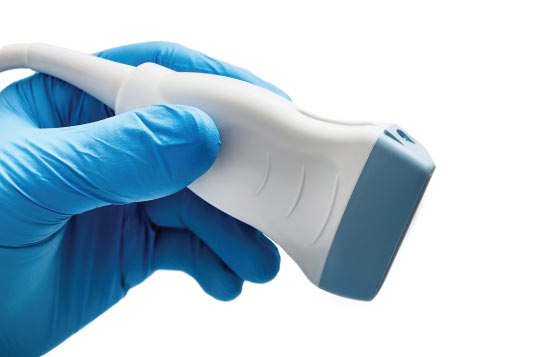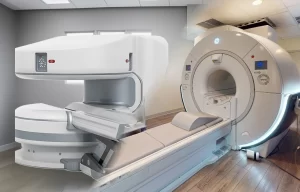In medical imaging, two technologies provide crucial insights into the human body – Magnetic Resonance Imaging (MRI) and ultrasound. Tesla MRI delves into the differences between these advanced imaging approaches, shedding light on when each is more suitable for specific medical situations.
Ultrasound, the Sound Waves Wizard
Ultrasound devices work wonders by emitting high-frequency sound waves into the body, creating images known as sonograms. As these sound waves bounce off organs and structures, echoes are generated, then translated into real-time images displayed on a computer screen. This technology offers invaluable monitoring capabilities for pregnant women and their unborn babies. Additionally, ultrasound is adept at guiding needles for biopsies or injections. An added advantage is that ultrasound is noninvasive and does not emit harmful radiation, making it a safe choice for various medical scenarios.
MRI: Unveiling the Hidden Details
Unlike ultrasound, MRI operates through a different mechanism involving powerful magnets, radio waves, and advanced computers to produce highly detailed, cross-sectional images of different body parts. This technology is particularly beneficial in investigating and diagnosing conditions affecting soft tissues, such as tumors, certain cancers, and joint, spinal, and ligament injuries and diseases. It is also essential in assessing the extent of injury or disease in internal organs like the brain and digestive system. MRI is noninvasive and utterly radiation-free, like ultrasound, ensuring patient safety throughout the procedure.
When to Choose MRI Over Ultrasound
We emphasize that while ultrasound is excellent at producing some soft tissue images not visible on X-rays, it does have limitations. Ultrasound waves cannot penetrate air-filled spaces like the lungs or pass through bone, limiting its application in some body regions. On the other hand, MRI shines in cases involving dense or large areas, as it provides a comprehensive view of the internal structures.
MRI excels in evaluating bone, cartilage, and other structures in and around joints, which ultrasound cannot achieve. Moreover, MRI scans offer highly detailed images, making them a preferred choice when intricate examination is required, such as determining whether a tumor is cancerous.
Making the Right Choice for Optimal Diagnostics
Ultimately, the decision to use either MRI or ultrasound hinges on clear criteria and the individual patient’s unique situation. The referring physician is pivotal in determining the most suitable imaging procedure for accurate diagnoses and effective treatment planning.
About Tesla MRI
Tesla MRI operates open MRI centers across Florida. An accurate model of excellence in the medical diagnostic imaging industry, Tesla MRI prides itself on maintaining primary in-house functions, ensuring cost-effectiveness and efficiency throughout the company. Equipped with state-of-the-art computer
technology, Tesla MRI efficiently monitors the performance and operation of each center, promising top-tier medical technology and exceptional patient care.




